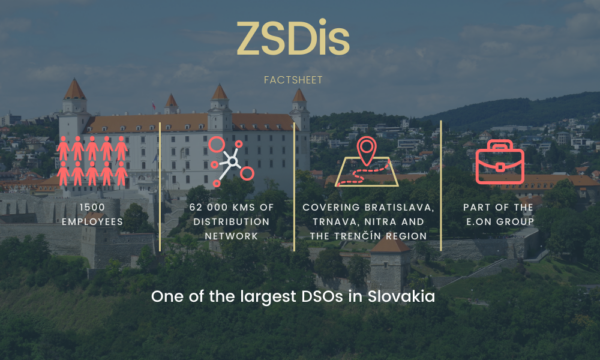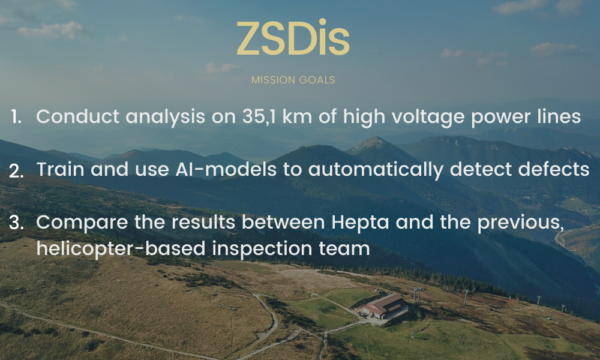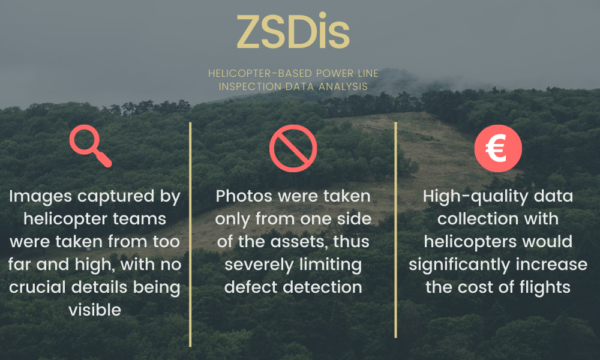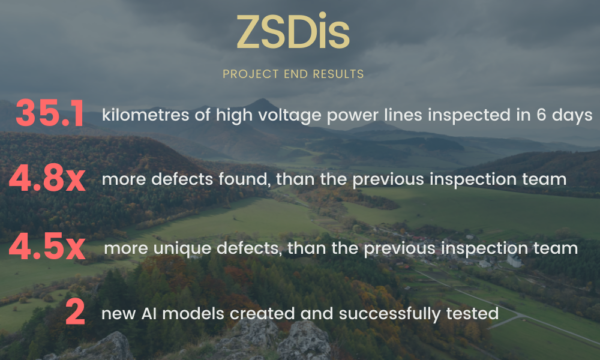Meet the client - ZSDis, energy distributor for the Western Slovakia
Západoslovenská distribučná, a.s. (ZSDis) is fully owned by Západoslovenská energetika, a.s. (ZSE Group) which is a member of the German energy E.ON Group. E.ON Group itself is one of Europe’s largest operators of energy networks and energy infrastructure.
ZSDis has more than 95 years of history and is the biggest energy distributor in Slovakia. It operates the distribution system, being subject to regulation rules under the relevant laws. As an independent legal entity, it has been active since 1 July 2007 – based on requirements of the European and Slovak laws related to the energy market liberalisation (ZSE Distribúcia, a.s., or ZSE distribúcia, a.s. until 1 January 2013).




